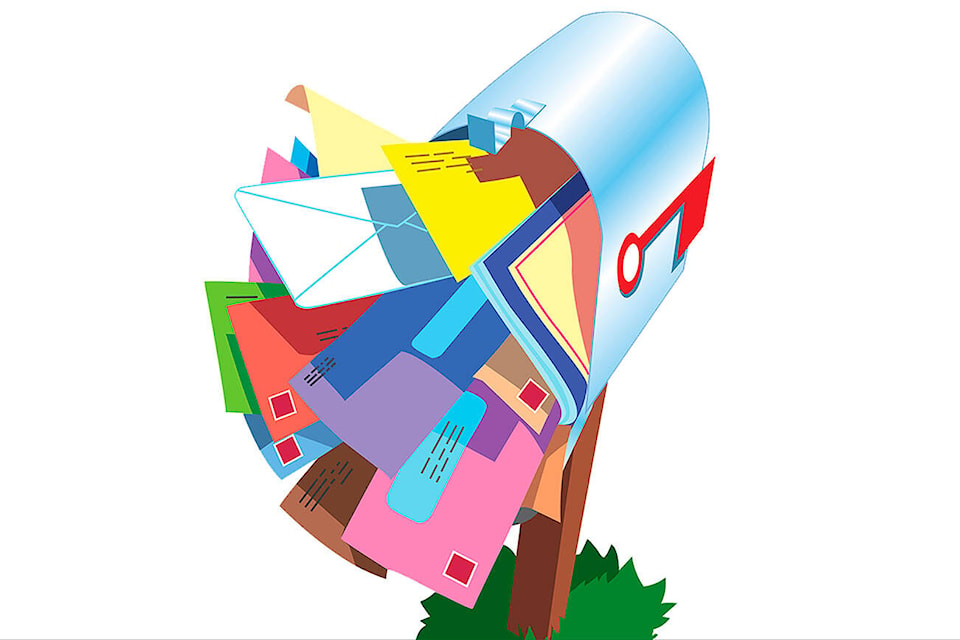Further to the article published in the interior News on March 7, 2022 about the Telkwa Coal proposal to establish an open pit coal mine near the banks of the Telkwa River.
As we know, the Telkwa is part of the Skeena River system and the Skeena is one of the last major salmon-producing watersheds in North America.
It has provided sustenance to the people of our region for thousands of years. The coal mine will put this treasure at risk. Acid-generating rock produced by the mine could cause toxins to leach into the Telkwa. There is also a risk of heavy metal contamination. Heavy metals are poisonous to fish.
This proposal is now moving forward toward the last stages of its environmental review. The public may have as little as 30 days to respond.
The proponent of this plan, Telkwa Coal, is an Australian company by the name of Allegiance Coal. In defending this proposal, it claims (without suggesting any legally binding commitments to abide by this) that it is intending to produce coal for steelmaking (metallurgical coal), not coal for power plants (thermal coal).
Somehow, this is supposed to make it all okay. It does not.
When burned, the coal used in steelmaking goes up in the air as CO2 just like any other coal. In fact, the steelmaking industry is responsible for somewhere between 8-10 per cent of all greenhouse gas emissions worldwide.
Because of this, the steel industry itself is rushing to switch to an alternative technology in order to make steel without coal and without greenhouse gas emissions. That technology is well-known.
One form uses hydrogen instead. Producing hydrogen by splitting water through a method called electrolysis emits no greenhouse gases when the electricity that is used is made with renewable energy.
Telkwa Coal may claim that this technology will not be available at production scale until mid-century at the earliest.
However, the first batch of commercially developed steel made using green hydrogen was sold by Swedish steelmaker HYBRIT to Swedish truck maker AB Volvo just this year.
HYBRIT plans to be in full-scale operation using hydrogen by 2026.
Canada’s steel industry is following suit with similar coal free technology.
Should we be enabling the continued production of coal under these circumstances?
What happens when the mine is abandoned as a stranded asset?
Who pays to keep the acid rock drainage and heavy metals from polluting the Telkwa River?
Once it’s exposed, this type of pollution must be contained forever.
editor@interior-news.com
Like us on Facebook and follow us on Twitter
Respectfully,
Jay Gilden
On behalf of What Matters in Our Valley
